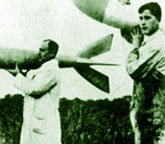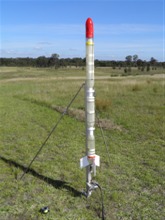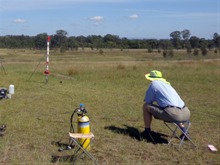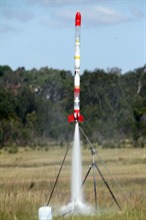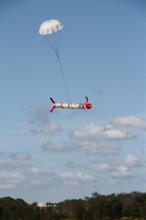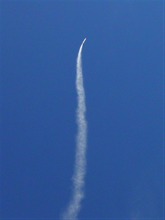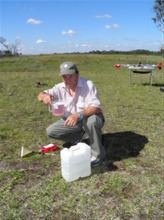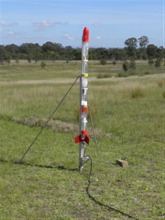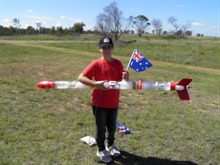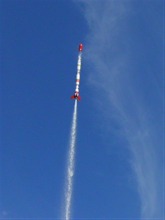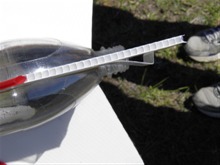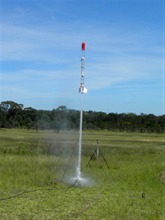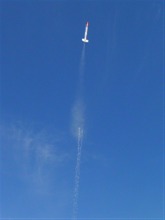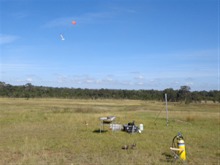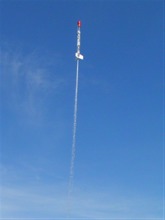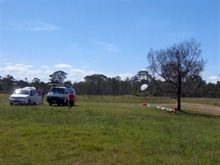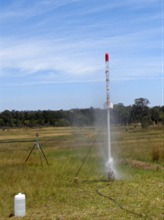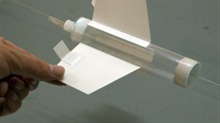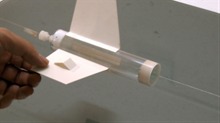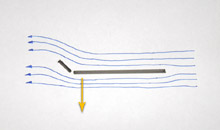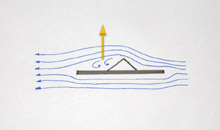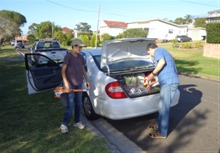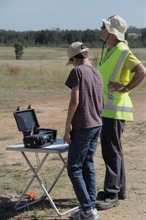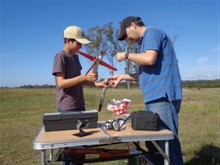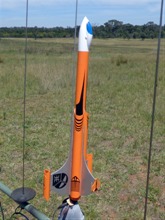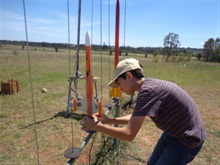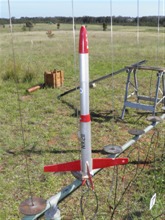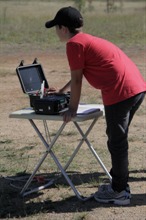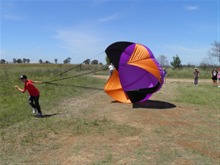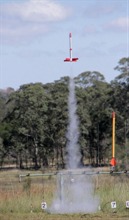 |
 |
|
|
last updated: 9th November 2024 - Day 236 - Launch Tubes #2 |
|
|
|
Splicing Bottles AS#5 |
|
#235 - Coming Soon |
|
#234 - Coming Soon |
|
#233 - Coming Soon |
|
#232 - Coming Soon |
|
#196 - Coming Soon |
|
#193 - Coming Soon |
|
#172 - Coming Soon |
|
|
| FLIGHT LOG | ||||||||||||||||||||||||||||||||||||||||||||||||||||||||||||||||||||||||||||||||||||||||||||||||||||||||||||||||||||||||||||||||||||||||||||||||||||||||||||||||||||||||||||||||||||||||||||||||||||||||||||||||||
|---|---|---|---|---|---|---|---|---|---|---|---|---|---|---|---|---|---|---|---|---|---|---|---|---|---|---|---|---|---|---|---|---|---|---|---|---|---|---|---|---|---|---|---|---|---|---|---|---|---|---|---|---|---|---|---|---|---|---|---|---|---|---|---|---|---|---|---|---|---|---|---|---|---|---|---|---|---|---|---|---|---|---|---|---|---|---|---|---|---|---|---|---|---|---|---|---|---|---|---|---|---|---|---|---|---|---|---|---|---|---|---|---|---|---|---|---|---|---|---|---|---|---|---|---|---|---|---|---|---|---|---|---|---|---|---|---|---|---|---|---|---|---|---|---|---|---|---|---|---|---|---|---|---|---|---|---|---|---|---|---|---|---|---|---|---|---|---|---|---|---|---|---|---|---|---|---|---|---|---|---|---|---|---|---|---|---|---|---|---|---|---|---|---|---|---|---|---|---|---|---|---|---|---|---|---|---|---|---|---|---|
|
||||||||||||||||||||||||||||||||||||||||||||||||||||||||||||||||||||||||||||||||||||||||||||||||||||||||||||||||||||||||||||||||||||||||||||||||||||||||||||||||||||||||||||||||||||||||||||||||||||||||||||||||||
| Day 139 - Roll Correction, Axion G4, foam flights | ||||||||||||||||||||||||||||||||||||||||||||||||||||||||||||||||||||||||||||||||||||||||||||||||||||||||||||||||||||||||||||||||||||||||||||||||||||||||||||||||||||||||||||||||||||||||||||||||||||||||||||||||||
|
Date: 8th
December 2013 Location: Doonside, NSW, Australia Conditions: Clear skies, 5km/h early, 15km/h later, 28C Team Members at Event: PK, GK, Paul K, and John K. It's only been a week since the last launch so we didn't quite finish preparing the Gravity Mechanisms Part #2 experiment. It was also the last Doonside launch for the year, so we brought a few of the smaller rockets to the launch. We wanted to fly some casual rockets and also try to reduce the roll of one of the rockets as much as we could to get more stable video. We configured the Axion G4 for flight with the 15mm nozzle using 22mm full-bore tornado tubes to join the segments. Launched at 210psi the rocket accelerated very nicely and went up to 657 feet (200 m). Unfortunately it landed fins first on hard ground and broke off a fin at the glue joint. This is easily repaired. Because it was such a beautiful day we launched a couple of foam flights. The foam flights are always fun to see against the blue sky. Both flights went went well and recovered safely. Here is a highlights video from the day: Roll CorrectionDuring last week's launch we saw that the new fin cans reduced the roll of the rocket, but not quite enough as the rocket still went through ~250 degrees from launch to apogee. Although the fins may be aligned correctly, it is the total sum of all the protrusions on the outside of the rocket such as the camera, parachute cord, deployment mechanism etc. that contribute to the overall aerodynamically induced roll. The plan was simply to put little flaps on the fins to try to trim out the roll. We made the flaps out of small PET wedges about 2cm wide 5mm tall and taped them to the outside edge of the fins to make sure they didn't change their shape during flight. If they were just flat flaps on the trailing edges they could easily bend back at speed and it would be difficult to adjust them accurately on subsequent flights. This way we could change the height of each wedge to change the trim.
We first flew the rocket and reviewed the video to see which way it was spinning so we could put the wedges on the correct side of the fins. Well we flew it again and reviewed the video only to realize that we must have put them on the wrong side and the rocket spun twice as much! Doh! We swapped the wedges over onto the other side of the fins and flew the rocket for a third time. This time the roll was reversed correctly but a little too much in the other direction. We think that halving the height of the wedges should be just about right to reduce the roll right down. Unfortunately we ran out of time for another flight, but we'll just continue the trim procedure at the next launch to see if we can get it down to less than 90 degrees. We've only had a couple of good flights a few years ago where the rocket had virtually no roll. We haven't been able to re-create that since. Jamie from JSB Rocketry also recently posted a video of some of his flights also with virtually no roll. But wait there's more ... Lesson in Aerodynamics #23So let's roll forward a few days ... while again reviewing the onboard videos for this update, we noticed that the wedges had been on the correct side in the first place as intended. The rocket was rotating in the direction of the wedges not in the opposite direction as expected. What the heck was going on? After a bit of head scratching we realized that we must have created an aerofoil on the side of the fin with the wedge which would have generated a low pressure behind it causing the fin to be pulled in that direction. So we set up a simple experiment to see if that was actually happening. We made the tail end of a rocket with cardboard fins and suspended it on a piece of wire to let it rotate freely. We then added flaps to the trailing edges of the fins and used an electric air mattress inflator as the wind source. Sure enough the rocket spun in the right direction as expected. We then moved those flaps forward on the fin angled about the same amount emulating the wedges we used on the real rocket, and what do you know, the fins spun in the other direction! ..... Lesson learned. :) Hmmm... this implies that somewhere between the two positions, you should be able to position a specifically shaped protrusion, say a camera, and not induce rotation?
Paul also managed to launch 3 of his pyro rockets all with good recovery. That made a total of 9 good flights for the day.
Flight Details
|
<< Previous Back to Top Next >>
